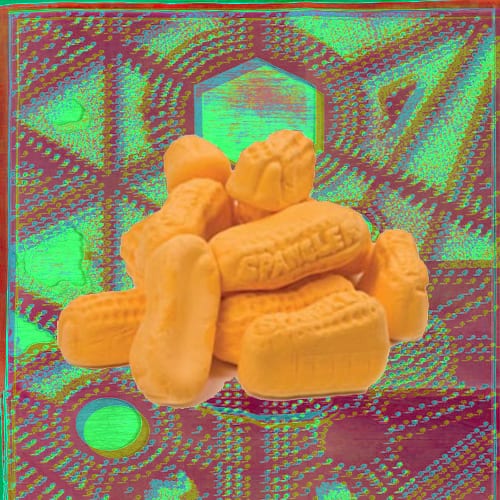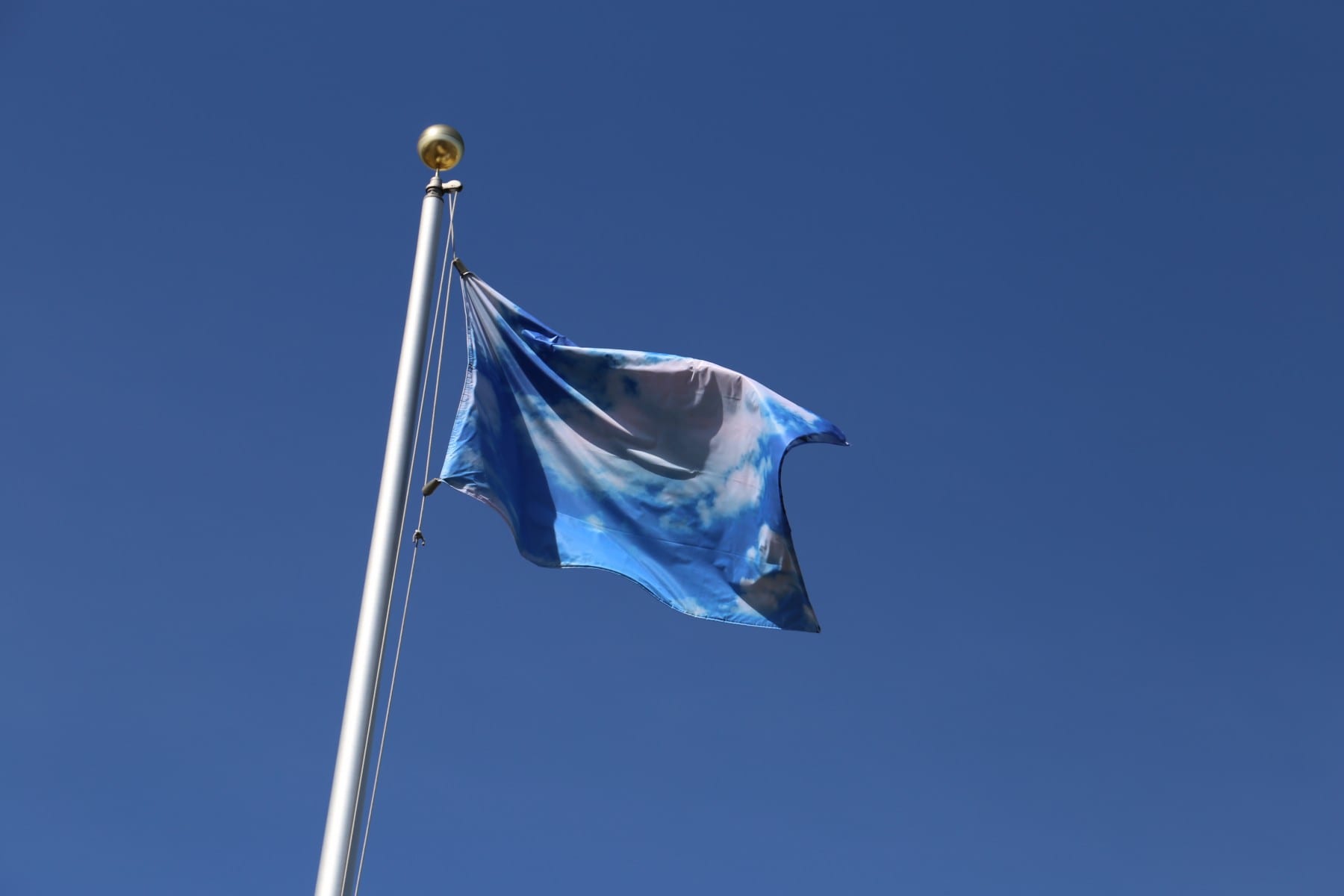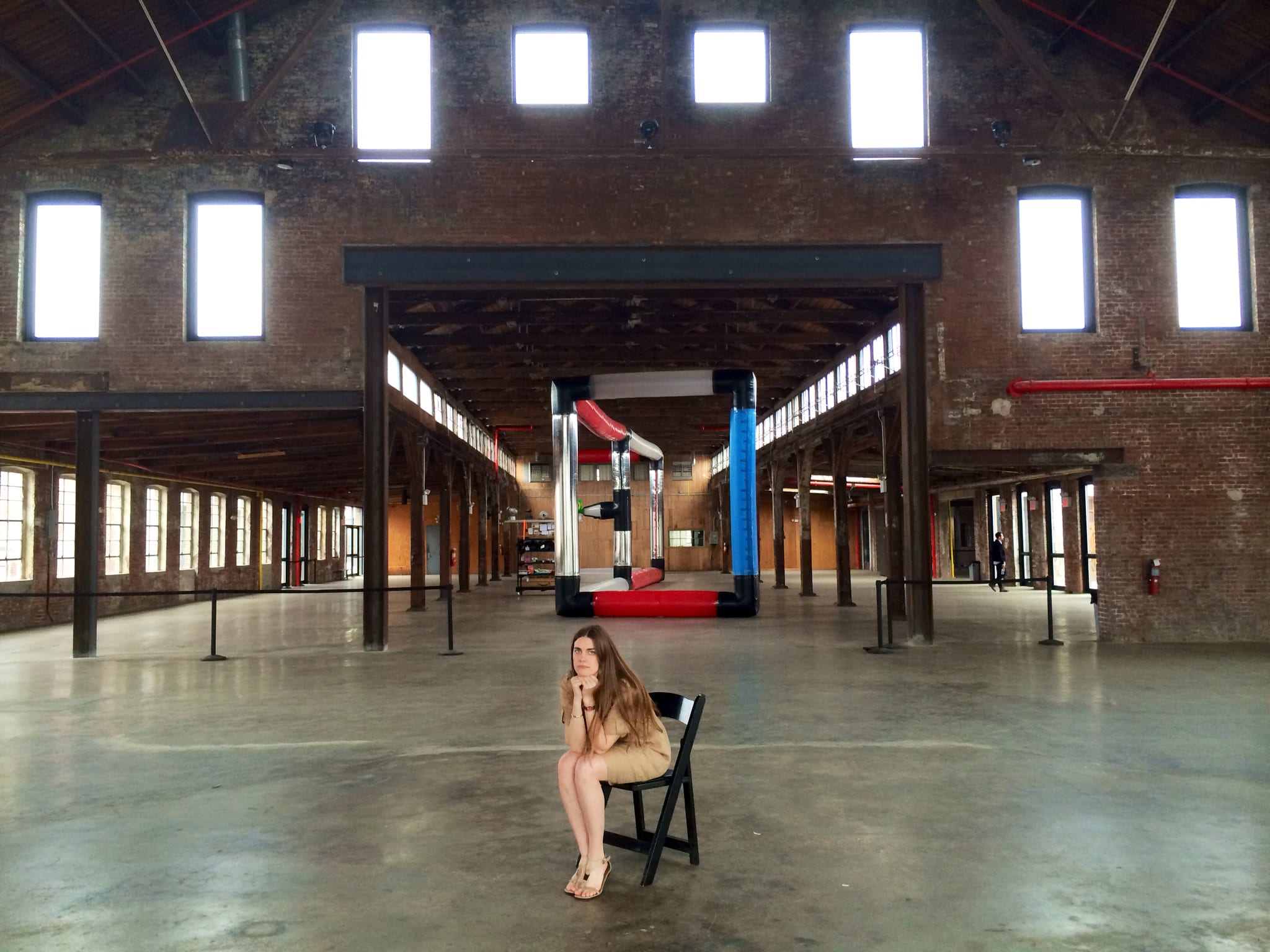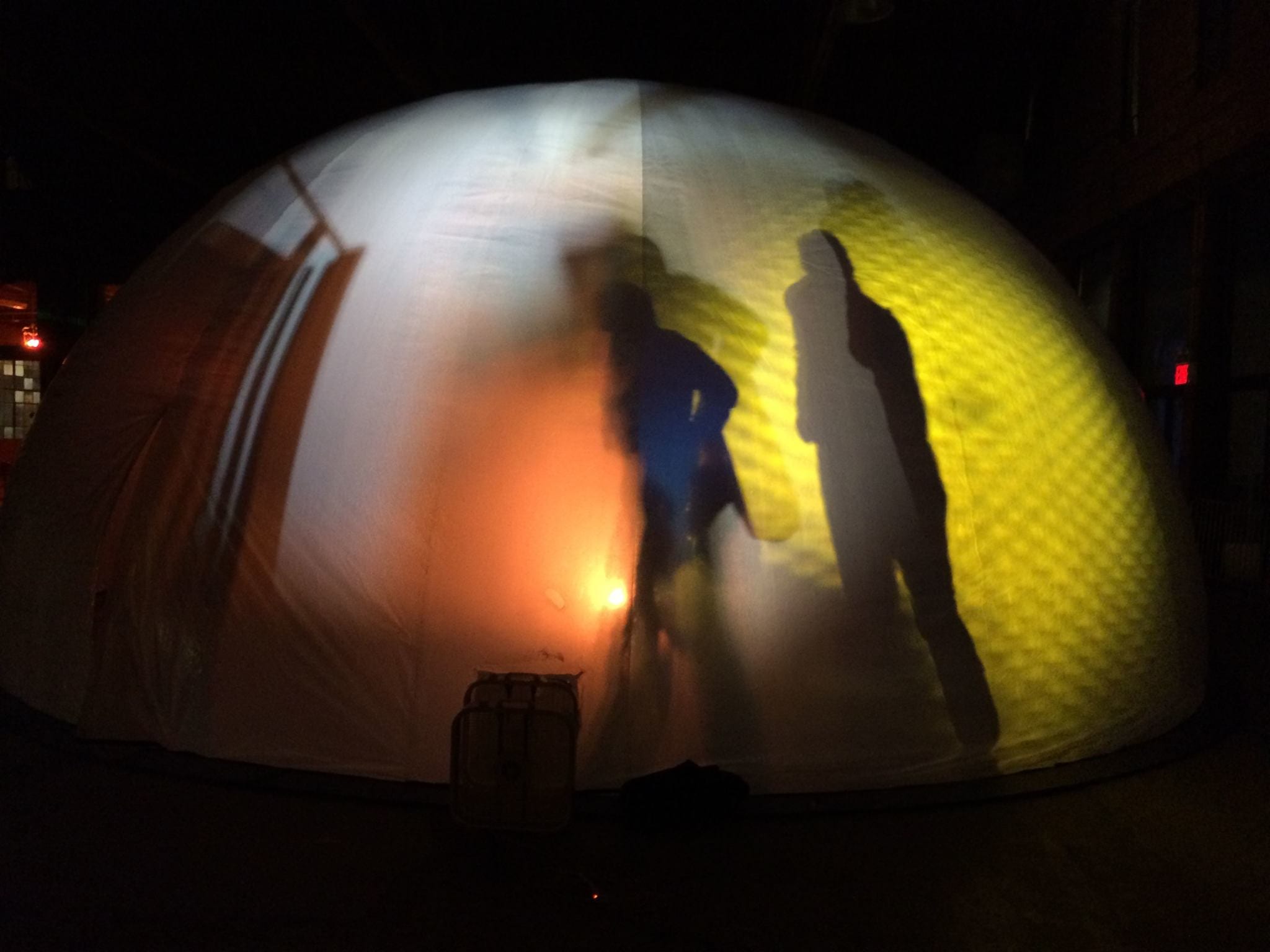
Knockdown Center is pleased to present Surface Matters, an exhibition of recent work by Brett Day Windham, Carolyn Salas, Daria Irincheeva, Katie Bell, and Leah Dixon, curated by Holly Shen and Samantha Katz. Each artist employs the use of common construction and building materials, as well as salvaged or found objects to create works that address sculptural issues related to perception and presence of the object, and the tactile and spatial elements of its physical form. The works are linked through their exploration of familiar materials, which have been deconstructed through repetitive motions or tasks and reconfigured to appear transformed. At the same time, this undoing and redoing exposes a disconnect between visual apprehension and the physical reality of object surfaces that often mimic more refined materials. Situated within the industrial architecture of the Knockdown Center – a sprawling converted factory space composed of brick, steel and massive timber beams – the works on view here address their environment, underscoring the viewer’s shifting perception of the texture, shape, weight, and volume of each object.
Katie Bell collects and disassembles a range of raw building materials, recombining them into painterly compositions. Structural elements typically hidden from plain sight, such as plaster, expanding foam filling, and wood planks are piled and stacked at precarious angles, reversing their utility as functional supports. Surfaces like linoleum, ceiling tiles, and wood veneers are gouged and torn, exposing what lies beneath these facades.
Carolyn Salas also manipulates industrial processes and materials to explore the potential conflict between surface and form. Cutout No. 2, from the artist’s recent series’ of free-standing planar sculptures, is a flattened wall or divide, which has been rendered obsolete by its large, negative ‘cut-out’ space. The structure betrays its heavy, dense form by appearing two dimensional and lightweight.
Working with basic building materials like brick, wood, paint samples, cement, and construction paper, Daria Irincheeva’s work addresses cycles of development and destruction inherent within complex systems. Her sculptures are representations of the rhythm of building, collapse, and repair. In Morning Composition #072, wooden rods poised like drum sticks lean on bubble wrap on the floor below a gridded array of paint samples mounted to canvas. The muted pastel swatches can be reshuffled endlessly, like the continuous repairs of a fixer-upper home. This delicate gradient rests for the moment in this careful design yet retains a provisional quality of latent transformation.
Leah Dixon’s work is the result of what she describes as gestures of aggression and play upon her materials, which include wood, leather, rubber, and ready-made objects like buckets and baskets. Reminiscent of athletic or playground equipment and the repetitive movements conjured by their implied use, these constructs point to the body as a site to be developed or improved upon.
Brett Day Windham accumulates the detritus of urban environments through habitual walks, taking predetermined routes and collecting items from each passage, such as discarded dime bags, broken earbuds, mussel shells, feathers, floor sweepings, recycled magazines. Paris Flanerie (2015), a large wall-hanging tapestry, is comprised of objects collected in Paris over the course of two months and arranged by color. A detailed map depicting each of the artists’ daily walks accompanies the work, with a color-code for Paris’ 20 arrondissements corresponding to the color groups of these found objects.
Windham’s practice of using cast off materials for continual construction—in this case a kind of oblique storytelling and mapping—is echoed in the approaches of Dixon, Irincheeva, Salas, and Bell, whose work comments on the dynamics of urban fabrication, where new elements are constantly being circulated, erected, and demolished.









